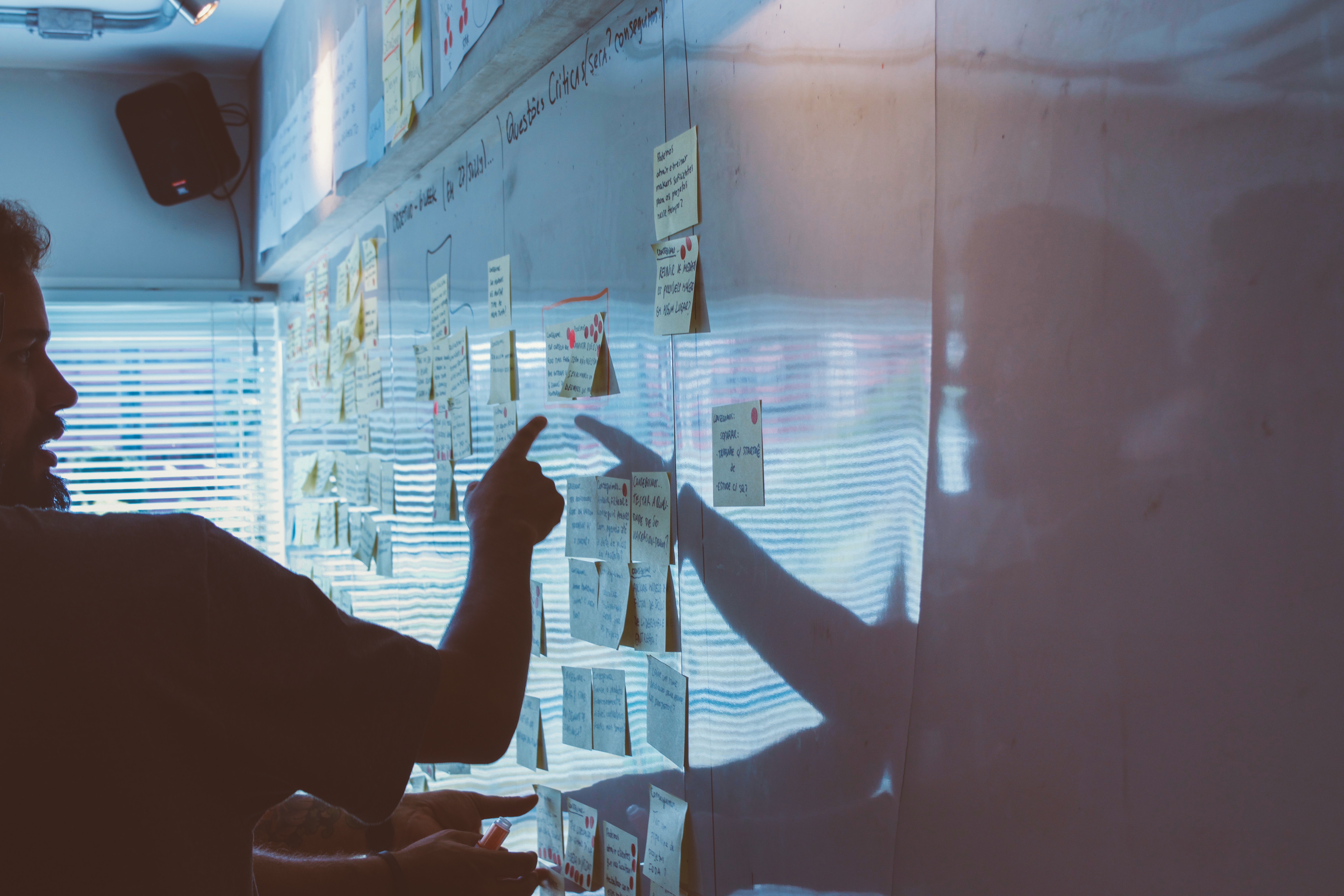Social enterprises apply business solutions to social problems. The ultimate goal is to achieve sustainability by enabling non-profits to support themselves financially in innovative ways instead of relying solely on grants and donations. Since there are no shareholders in a non-profit organization, the profits from the related social enterprise are completely re-invested in the work of the organization.
The emergence of revenue-generating activities for non-profits has created a new operating model where business principles, market characteristics and values (competition, diversification, entrepreneurship, innovation, and a focus on the bottom line) co-exist and work with traditional public sector values like responsiveness to community and serving the public interest. Essential to the success of a social enterprise is an effective business model.
A business model includes two key elements:
-
- an operating strategy that includes internal organizational structure and external partnerships that are crucial for creating the organization’s intended impact; and,
2. a resource strategy that defines where and on what terms the organization will acquire the resources (financial and human) it needs to do its work.
The business model for a social enterprise is the channel that the social entrepreneur converts inputs into outcomes; the generation of both social value (measurable impact) and economic value (revenue).
A social enterprise can be integrated with the non-profit organization in one of several ways:Embedded:
-
-
- The enterprise and the social program are one and the same
- The business is created to serve clients (central to the mission)
-
Integrated:
-
-
- The business activities overlap with the social programs
- The business is created as a funding mechanism and to expand/enhance the mission of the organization
-
External:
-
-
- Social and business activities are separate and may or may not be related to the mission of the organization
- The business is created mainly as a funding mechanism to support social activities
-
Virtue Ventures provides an excellent summary of the various types of business models that are summarized in the table here. These social enterprise business models can be applied equally to institutions, programs, or service delivery. These models are designed in accordance with the social enterprises’ financial and social objectives, mission, marketplace dynamics, client needs or capabilities and legal environment. Most of the business models are embedded within the organization.
If you want to launch a social enterprise you should ensure that:
-
-
- It is a good fit with the agency
- You know your industry
- You treat your enterprise as a business
- You hire the right people
- You set realistic expectations
- You improve your financial literacy
-
Source: Doing Well While Doing Good: How to Launch a Successful Social Purpose Enterprise.www.torontoenterprisefund.ca
You should also consider the following questions:
-
-
- How can you tell if your group is ready to embark on a social enterprise?
- What are the steps in a social enterprise planning process?
- How do you identify and assess enterprise opportunities?
- How do you plan for a social enterprise?
- How can you measure social returns in a business setting?
- What do you need to know about the legal context?
-
Source: www.enterprisingnonprofits.ca , The Canadian Social Enterprise Guide
For more information about developing a business model, download the MaRS workbook, Business model design. The information and exercises will help you design a business model by working through the key variables in executing a market strategy—competition, partnership, distribution, pricing and positioning.
Interested in learning more about social innovation and social entrepreneurship? Get in touch: info@thesectorinc.ca
Read next: Legal structures for social ventures: Social enterprise, social business and cooperatives in Canada
References
Virtue Ventures. Retrieved April 27, 2009, from http://www.virtueventures.com/setypology/index.php?id=MODELS&lm=1
Dooling, A., Liburd, J., and Taylor, M. (2008). Doing Well While Doing Good: How to Launch a Successful Social Purpose Enterprise. Toronto Enterprise Fund. Retrieved April 27, 2009, from www.torontoenterprisefund.ca
Enterprising Non-profits. The Canadian Social Enterprise Guide. Retrieved April 27, 2009, from www.enterprisingnonprofits.ca
Center for the Advancement of Social Entrepreneurship (CASE). (2008, June). Developing the Field of Social Entrepreneurship, Duke University. Retrieved April 27, 2009 from Duke University’s Fuqua School of Business, Center for the Advancement of Social Entrepreneurship Web site: http://www.caseatduke.org/documents/CASE_Field-Building_Report_June08.pdf
MaRS Social Entrepreneurship. (2009). Part 1 – Social Venture Financing: Enabling Solutions to Complex Social Problems [white paper]. Toronto.
#socialfinance #socialenterprise #impactinvesting #ESG #CSR #mba #wbs #bradfordturner #thesectorinc #toronto #ontario #canada #love #peace #change #sustainability #sdgs





